:: Syllabus :: Modular Grid :: Modular Font :: Typesetting Rules :: Resident Expert :: class google drive
.................................................................
Professor: Andrea Herstowski
Office: 353 Chalmers Hall
Office
hours: by appointment
email: herstow@ku.edu
.................................................................
::::
The Modular: Part Two (in progress)
The objective, non-nonsense grid baseds solutions of Wim Crowel.
part 1: Bauhaus, Art Deco, DeStil...
part 2: Wim Crowel...
part 3: Early Digital Type Design - now ...
________________________________________________________________________________________________________
Wim Crowel, 1928 - , (Dutch).
Watch: Dutch Profiles: Wim Crouwel vimeo.com/dutchprofiles/wimcrouwel (10:20)
Read: WimCrouwel_NoordzijPrize.pdf
Read: WimCrouwel_Alphabets.pdf
Wim Crowel was trained as a painter however, early in is career he was attracted by the ideas of the Nieuew Zakelijkheid moving in design. zakelijk meaning both objective and no-nonsense. The formal solutions proposed by Swiss design provoked Crowel a kind of 'shock of recognition'. He found an affinity towards the Swiss sense of order, their aesthetics of the elemental. Stating in a later interview "I have such a compulsion to create a certain order in everything."
As early as 1957 letterforms appeared in Crowel's designs (posters, catalog covers). The letterforms didn't come from an existing or historical typeface they were hand-drawn. They were more heirs to Josef Albers Kombinationsschrift than to the letterforms drawn by Jenson, Garamond, Baskerville... The forms were simplified letters constructed from squares, triangles and circle segments.
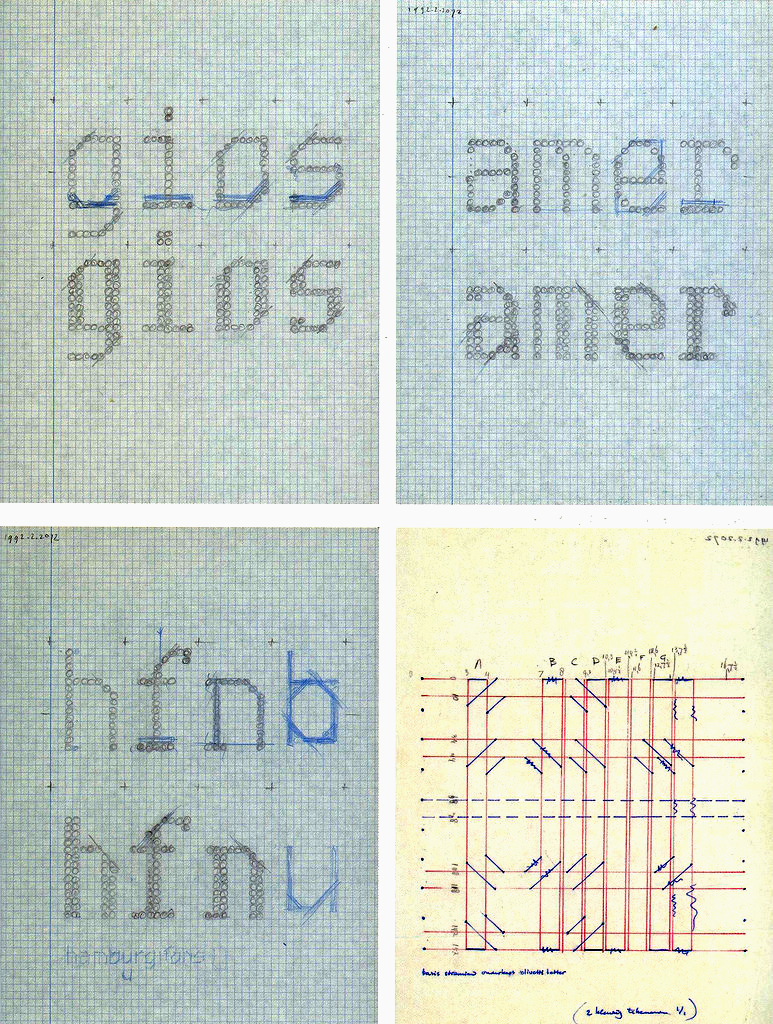
_ _ _ _ _ _ _ _ _ _ _ _ _ _ _ _ _ _ _ _ _ _ _ _ _ _ _ _ _ _ _ _ _ _ _ _ _ _ _ _ _ _ _ _ _ _ _ _ _ _ _ _ _ _ _ _ _ _ _ _ _ _ _
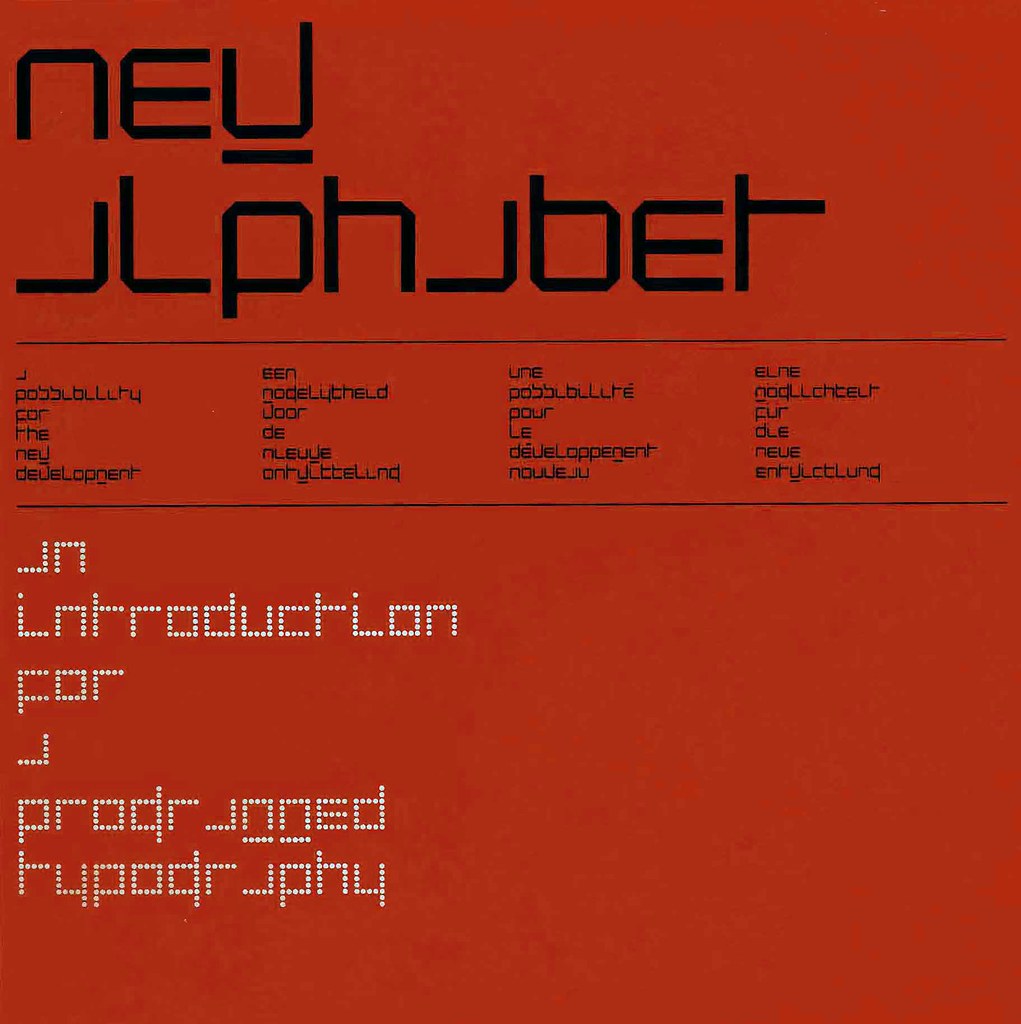
The New Alphabet, 1967 drawn on a grid of 5 by 9 units. The basic form is square.
The alphabet contained no capitals. It was rectangular. Constructed with just horizontal and vertical lines with a 45-degree sheared corners. About half of the characters are easily recognizable. The other half are new and he expected us to learn them. (visit http://www.metodostudio.com/en/new-alphabet/)
_ _ _ _ _ _ _ _ _ _ _ _ _ _ _ _ _ _ _ _ _ _ _ _ _ _ _ _ _ _ _ _ _ _ _ _ _ _ _ _ _ _ _ _ _ _ _ _ _ _ _ _ _ _ _ _ _ _ _ _ _ _ _
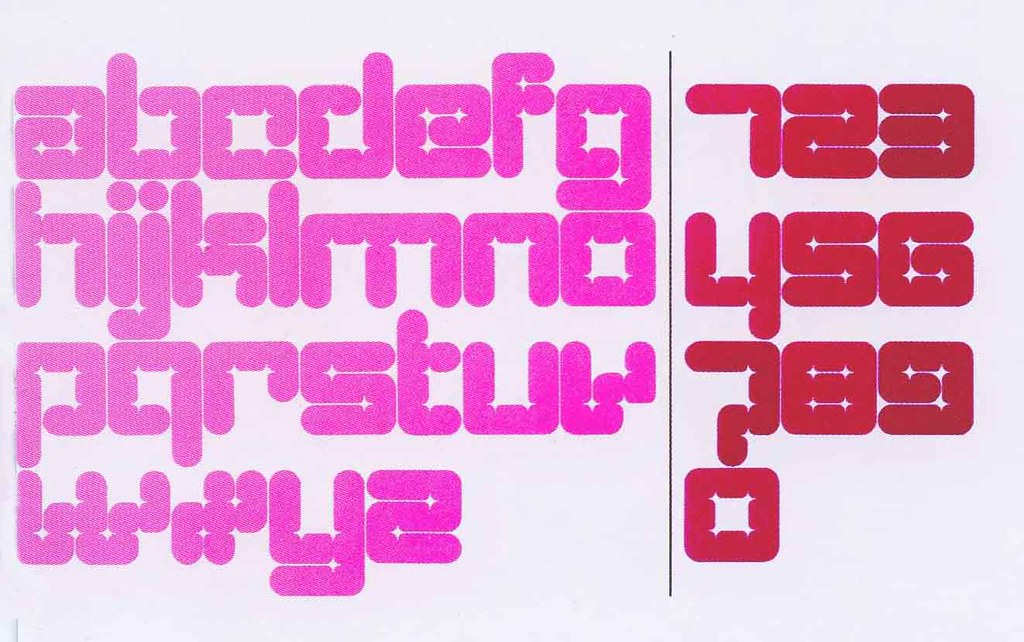

Claes Oldenburg Alaphabet designed by Wim Crouwel 1977.
Wim Crouwel drew the letters of Oldenburg's name on the basis of his work aesthetics – soft, cushioned objects with round arches on the inside corners, so it looks padded.
_ _ _ _ _ _ _ _ _ _ _ _ _ _ _ _ _ _ _ _ _ _ _ _ _ _ _ _ _ _ _ _ _ _ _ _ _ _ _ _ _ _ _ _ _ _ _ _ _ _ _ _ _ _ _ _ _ _ _ _ _ _ _
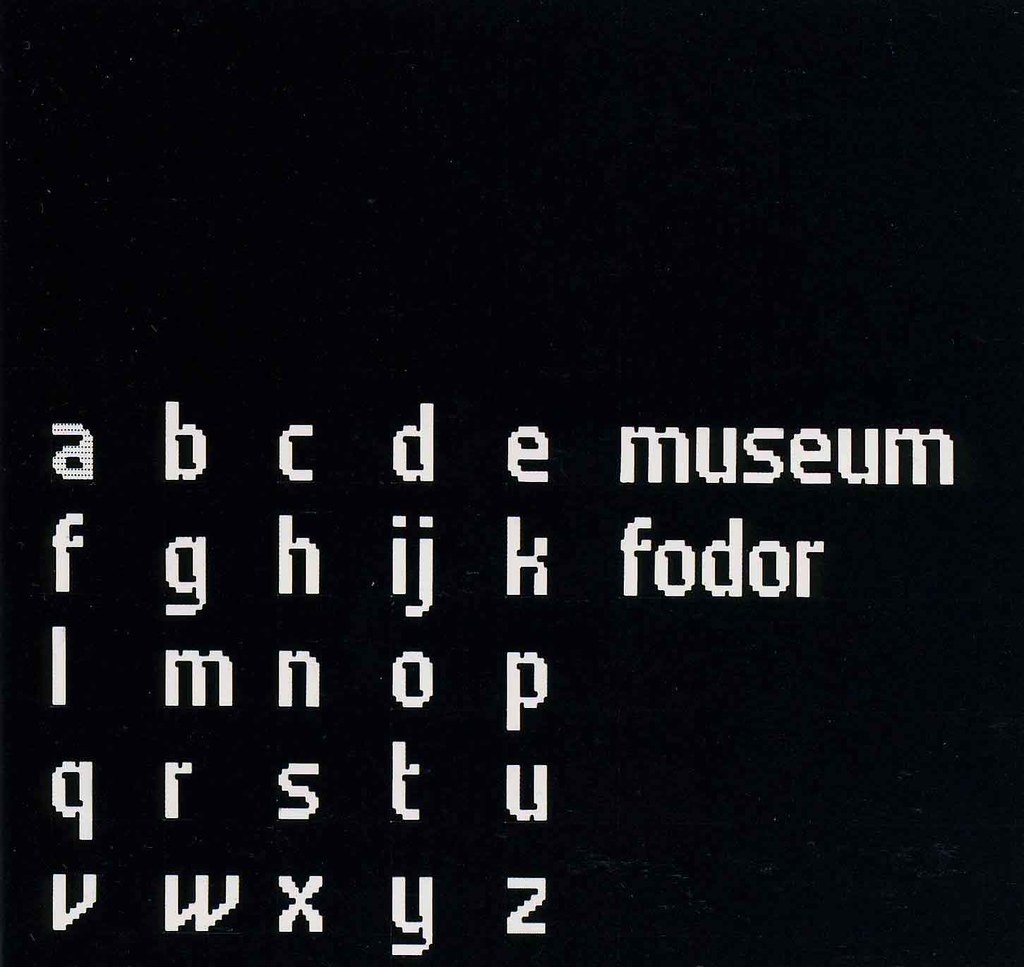
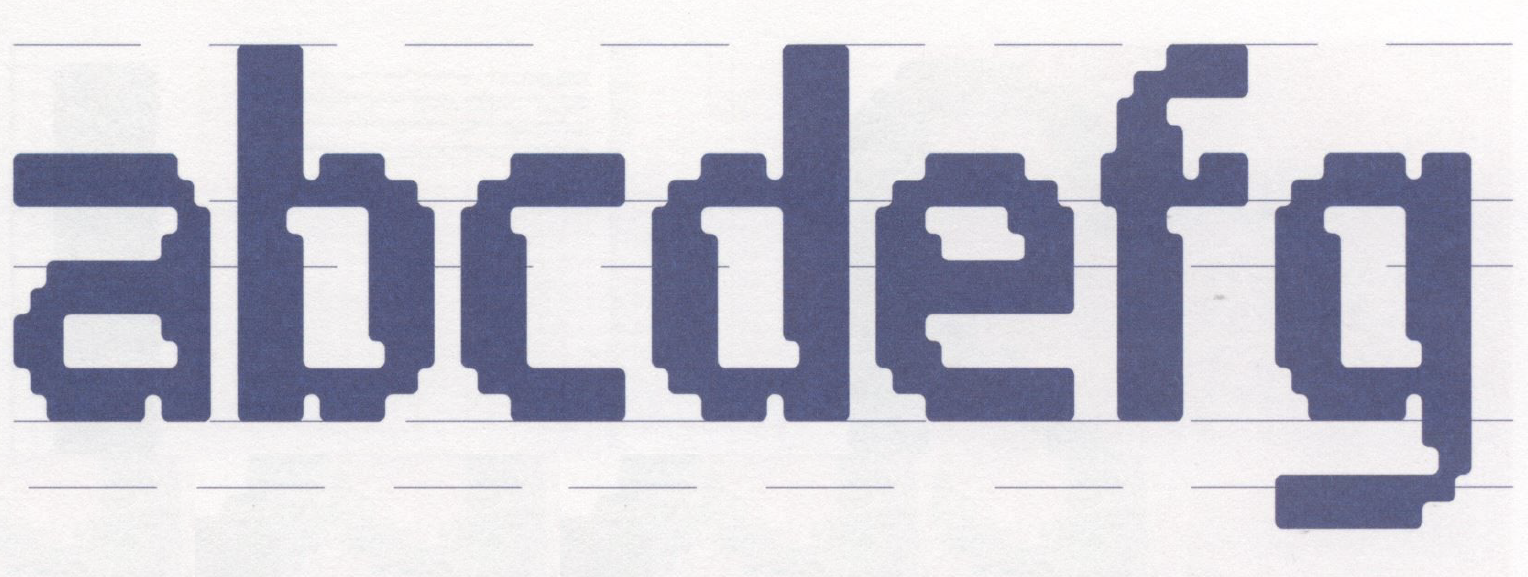
Fodor Typeface designed by Wim Crouwel 1977 Fodor Museum, Amsterdam
 The Fodor typeface has a bit of the diagonal stress seen in in Old Style typefaces such as Bembo.
The Fodor typeface has a bit of the diagonal stress seen in in Old Style typefaces such as Bembo.
_ _ _ _ _ _ _ _ _ _ _ _ _ _ _ _ _ _ _ _ _ _ _ _ _ _ _ _ _ _ _ _ _ _ _ _ _ _ _ _ _ _ _ _ _ _ _ _ _ _ _ _ _ _ _ _ _ _ _ _ _ _ _
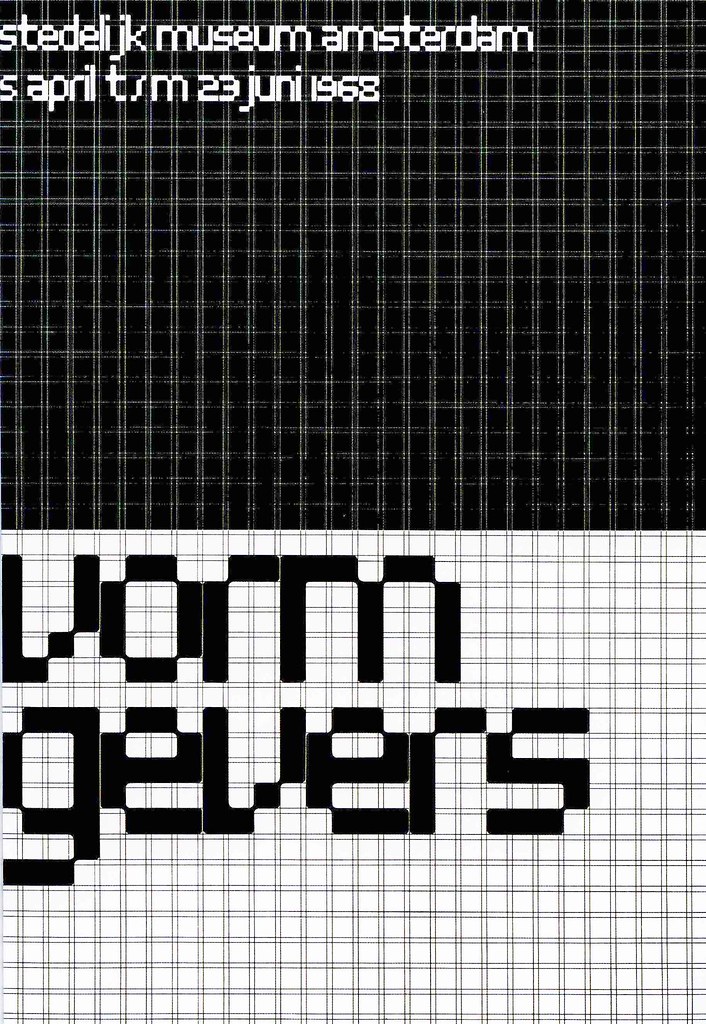
Vormgevers (Designers) poster designed by Wim Crouwel, 1968, Stedelijk Museum, Amsterdam.

The beginning of the Stedelijk typeface dates back to the 1960's poster for the "vormgevers" (designers) exhibition at the museum. The letters were based on the existing grid used in the design of the Museum's catalogue. The structure can be see when the grid is visible.
_ _ _ _ _ _ _ _ _ _ _ _ _ _ _ _ _ _ _ _ _ _ _ _ _ _ _ _ _ _ _ _ _ _ _ _ _ _ _ _ _ _ _ _ _ _ _ _ _ _ _ _ _ _ _ _ _ _ _ _ _ _ _
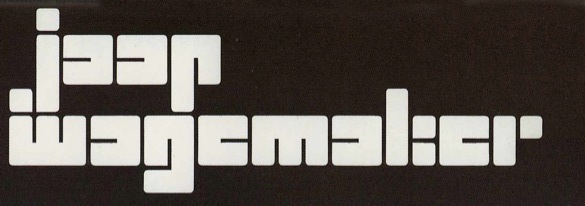
_ _ _ _ _ _ _ _ _ _ _ _ _ _ _ _ _ _ _ _ _ _ _ _ _ _ _ _ _ _ _ _ _ _ _ _ _ _ _ _ _ _ _ _ _ _ _ _ _ _ _ _ _ _ _ _ _ _ _ _ _ _ _
RESOURCES
Functionalism and the Grid: exerpt.pdf
WimCrouwel_NoordzijPrize.pdf
Read: WimCrouwel_Alphabets.pdf
More readings on early Dutch typography: Dutch Type: exerpt.pdf
Eye Magazine: Electrifying the alphabet eyemagazine.com/electrifying-the-alphabet
Flickr Album: https://www.flickr.com/
_ _ _ _ _ _ _ _ _ _ _ _ _ _ _ _ _ _ _ _ _ _ _ _ _ _ _ _ _ _ _ _ _ _ _ _ _ _ _ _ _ _ _ _ _ _ _ _ _ _ _ _ _ _ _ _ _ _ _ _ _ _
| the modular part one | part two | part three |
::